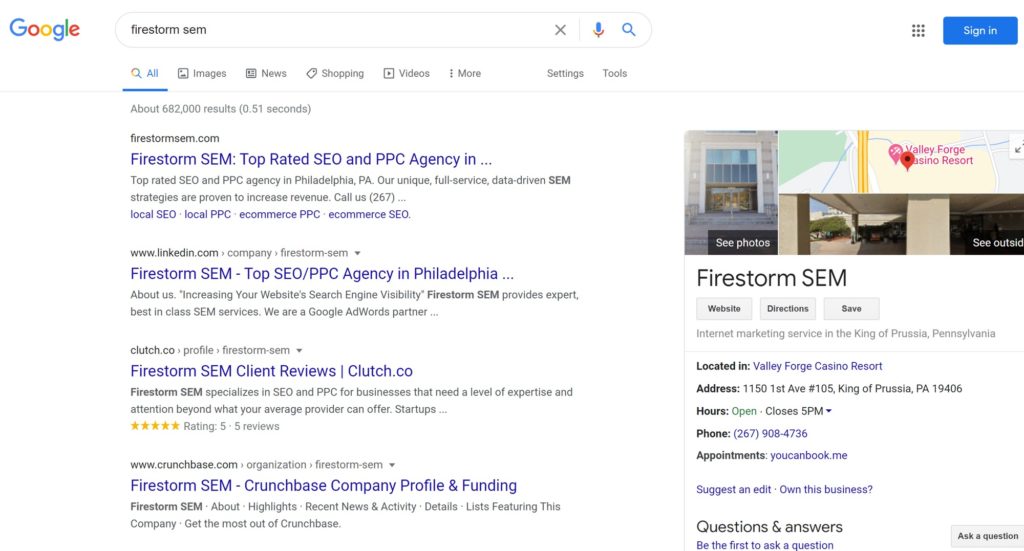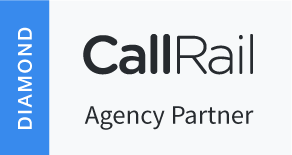With what seems like an ever changing landscape of Google’s first page results, it is more important than ever to make sure you have your SEM strategy down tight. Google constantly changes their results page, but they have stakeholders and thus must increase their revenues like any other business. So to increase revenue, they increase their focus on their paid ads, which results in these changes. However, there are best practices you can follow despite all these changes that can put you ahead of the competition and ultimately will lead to lower costs (relative to competitors) and higher revenue due to increased relevant traffic.
First, a little clarification; SEM is short for search engine marketing, which is comprised of both PPC, short for Pay Per Click aka Paid Search, and SEO, short for Search Engine Optimization. PPC is when you list your ads on Google’s search results and only pay when they are clicked. SEO helps your site to rank and show for terms when users search for them. SEO is “free” for your site to show and when someone clicks your link, but work is needed to be done to improve your site’s relevancy and thus rankings.
To give you a visual, here is a screenshot when you Google our brand which shows both a paid ad result and organic result:

Now mapping this back to eCommerce SEM, we need to take the nature of eCommerce business into account when thinking about Google’s landscape. Break that up into PPC and SEO since both have unique aspects and characteristics for each. For starters, let’s dive into the SEO side of things.
- Optimize for user experience – Google states that quality is a guideline you should strive for when designing your site and we recommend you follow those guidelines very closely. But besides just Google’s advice, nothing really matters in terms of driving traffic and sales without having a site that users like to visit, have a good (no, great!) experience, and find what they want so they can buy from you. To optimize for this, there are particular elements you should focus on. First, page speed…nothing turns off a visitor like long page load times! Think about it, you don’t like it, so why would your customer? Google has a great tool to analyze your site’s speed and what is impacting it. If anything is causing a slow load, make sure to investigate and fix it. Second, the “flow” of your site. Do you present content that is worthwhile to your visitor? Can they easily get to where they want, ie prominent phone number, product information, reviews (these are very important), easy checkout path, and anything that can provide your visitor with enough information and content so they trust your brand and buy from you? Using Google Analytics’s Flow Report can help you identify what path users take when visiting and provide insights to what they do when they visit. Third, make it responsive. Google has stated in 2015 that “more Google searches take place on mobile devices than on computers in 10 countries including the US and Japan”. In addition, it is old news that mobile-friendliness will be used as a search signal. So you must ensure that your site responds to any device that users may visit from. Presently, that should be desktop, tablet, and mobile, but as time goes on, this will change and more devices will come along, so make sure to stay up to date and adjust your site accordingly. There are additional ways to improve your user experience, but if you haven’t focused on the three listed here, take a step back and see what you need to do to make your site as user friendly as possible.
- Diversify your rank with product pages – As an eCommerce player, you most likely will have many individual pages for your products. Yes some eCommerce shops may only have one product, but that requires a different discussion (since you can devote all your time and effort into promoting that one product). For those shops with multiple products, make SURE you optimize the pages for your keywords, which should be around the product on that page. Do not try and optimize for terms not related to the product…you want to capture “long tail” traffic related to your product with that page. And by having numerous pages for this, you can capture a decent amount of traffic that should results in sales, since they are finding your product. We also highly recommend getting your markup down right to ensure engines can understand your data. And please, PLEASE use canonical tags! How many times have we opened up a crawler and found the same page over and over due to dynamic rendering? Too many to admit.
- Build “links” by establishing your brand – We wince whenever we hear the term “link building”. The reason being is that there is this belief that if you just build links, you are good. Not true. Yes building links can help you rank but in the long run, Google is relying less and less on links, per Matt Cutts back in 2014. We instead say, let’s build awareness around your business, create content that is relevant and that potential customers would actually want to read and share. This will give you exposure on properties related to your business as well as create awareness for your brand with the “side effect” of building links.
Stay tuned for Part 2!





